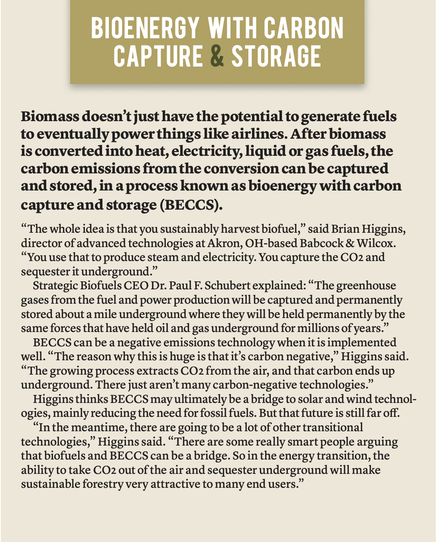Can Wood Be the Future of Transit?
How Woody BiomassInnovations Are Powering Planes, Electric Vehicles
By Les Shaver
Spring 2023

|
Georgia Forestry Magazine is published by HL Strategy, an integrated marketing and communications firm focused on our nation's biggest challenges and opportunities. Learn more at hlstrategy.com
|
